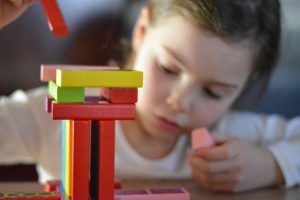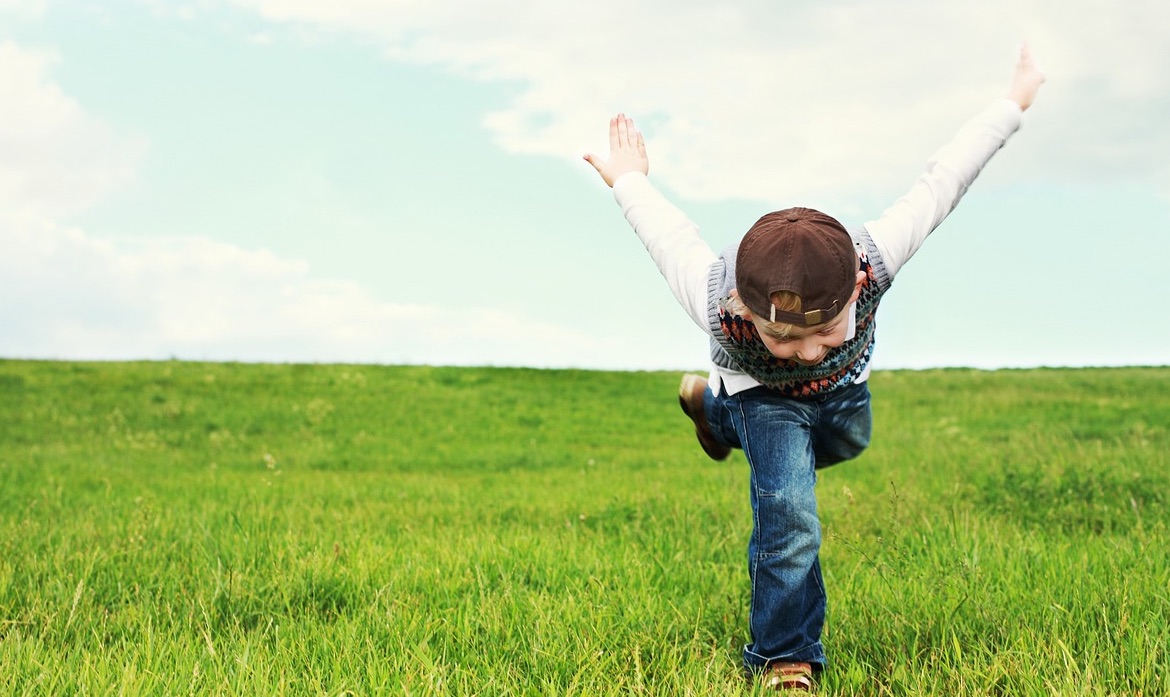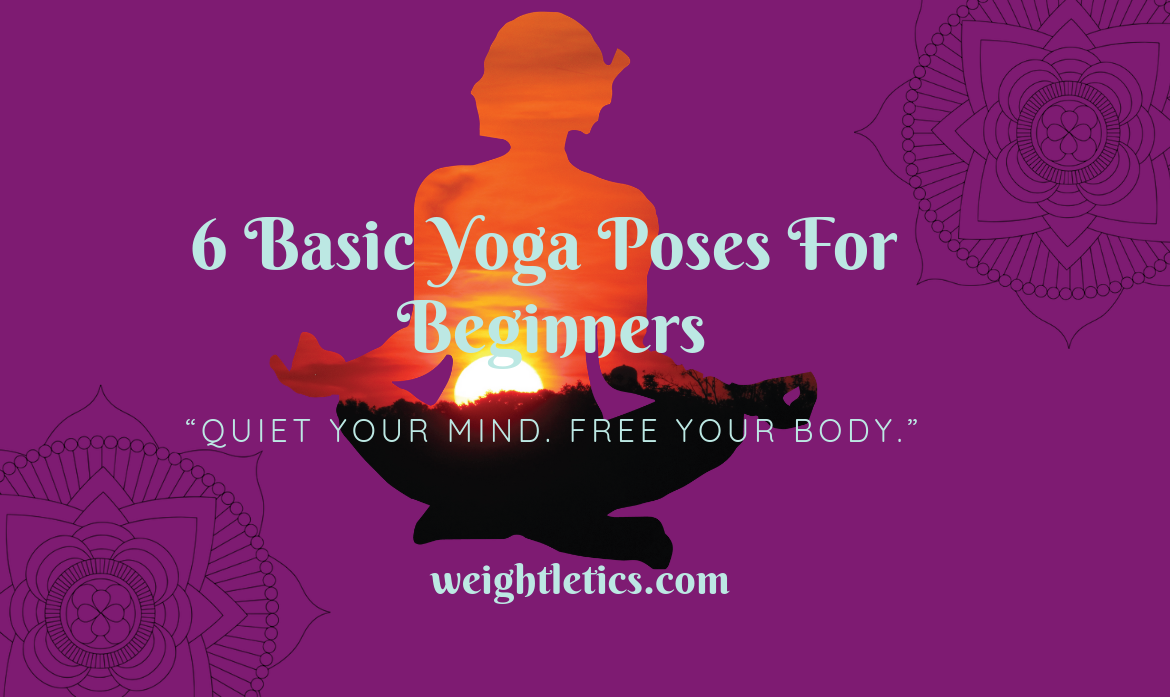Yoga relaxes you, gives you positive energy, helps you concentrate better and not only. And then why would not it be suitable for the children too?
There are different yoga poses for kids that they can try.
Our children live in a fast-paced world with ever-busy parents, school pressures, lessons over lessons, video games, malls and competitive sports.
Indeed, as parents, we do not realize that these influences are stressful for our children, but most of the time they are very stressful.
The agitated pace imposed on our children’s lives can have a profound effect on their innate joy, and usually, it’s not a beneficial effect.
I found that yoga can help counter these pressures.
When children learn techniques that make them healthy, relaxed and fulfilled inside, they can navigate life’s challenges more easily.
Yoga at an early age encourages self-esteem and awareness through physical activity that is uncompetitive.
Promoting co-operation and compassion – instead of constant competition and opposition – is a beautiful gift that we can offer our children.
Children get enormous benefits from yoga.
Physically, it improves the flexibility, strength, coordination, and awareness of the body.
Besides, their concentration, calm and relaxation are clearly visible.
By doing yoga, children’s exercises in the form of play, they connect more deeply with the inner self and develop an intimate relationship with the surrounding nature.
Yoga brings that beautiful inner light that must be present to all children.
How It Looks a Regular Yoga Lesson
A regular Yoga for children lesson involves:
• Warming-up – the child may be asked to remove their shoes and lie down on a mat or sitting. A yoga mat should be used.
The instructor can let him close his eyes and relax, and imagine how his problems disappear.
• Breathing – the child is encouraged to focus on the way he breathes, to make it easy and profound.
The instructor teaches him how to breathe correctly, using special techniques.

• Exercises – light movements, stretches to help the child have a correct posture, includes twisting, balancing and bending.
Some instructors use illustrations with animals, plants, or other objects to imitate children.
In every position he performs, he is encouraged to breathe, to avoid a movement (if the kid fails to execute it) and to stop if he feels pain in the execution of the poses.
• Relaxation – after the kids perform a series of moves are made to sit back on the floor and close their eyes.
The instructor can make certain sounds that children imitate to induce relaxation.
The child will be encouraged to mentally visualize specific experiences, such as floating on a white cloud or flying, etc.
At the end of the lesson, the child will be asked to make slight stretching movements and gradually rise from the floor.
“Donkey Kick”
This position helps the little ones to forget their problems and their annoyances and to laugh.
To accomplish this exercise, you must sit on your knees with your palms on the ground and the legs apart.
Gently lift your legs and straighten your knees, then lift your legs as far as possible.
Stay in this position until you count to three.
“Jumping Tree”
Another excellent and easy exercise is the one in which you stand face to face with your little ones, with the bent leg so that the sole is on the knee of the other leg. Slightly climb for at least 10 seconds, at most 30.
“Flying Heart”
Stretching and deep breathing instantly relaxes the muscles and helps children at the end of the day.
Sit on the ground with your palms down, your hands back, slightly removed from your body, then unite the soles of your feet.
Lift your chest and straighten your back and breathe deeply for 15, up to 30 seconds. Repeat the exercise three times.
“Falling star”
With your leg apart and raise your arms, taking care to hold your palms to the ground.
Raise one hand to the ceiling, while the other hand touches the foot of the foot and look up and stand in this position until you count to five.
Change your pose and raise your other hand.
“Knee Kiss”
Specialists say this position brings benefits to the digestive system.
Place yourself on the ground with one leg extended and the other bent so that the sole touches the knee of the opposite leg.
Bend toward the knee of your leg and repeat the movement three times before changing.
5 Reasons Why Kids Should Practice Yoga
1. Even the children need a mental break
Children, like adults, can sometimes be overwhelmed by their responsibilities.
In the way the world works, even with extraordinary psychological pressure, they all have different expectations from them, at school, at home, at extracurricular activities.
In a world where the child always has to compete with others, it’s always compared to others, and this affects them fantastically.
It takes a break from books, from themes, from TV, from games to PlayStation, so just like us, they need a little time to be just kids. They need some relaxation, and if they do yoga small, they will manage to manage stress better when they grow big.
2. The feeling that the children have done something
Given that there is no competition when doing yoga, there is no chance to feel like a loser, which happens to practice other sports.
There is no word like “fail.”
Everything is unique, is not comparable or comparable to others, each position, every move, is a success.
Every child is a Yoga winner. No matter the size or abilities.
Every child learns that there is a position where they are outstanding and are encouraged to evolve.
3. Concentration-Practicing
Yoga makes children focus more on what they have to do.
To concentrate on one thing at a time is a very useful talent. It teaches to focus on breathing in during meditation and on movement during Yoga positions.
It also focuses on what is happening inside, not on the outside.

This helps them a lot when they have tests to give, when they do their homework and teach them to focus on fulfilling what they have to do at that time.
4. Courage
Children do not have the same fears that we encounter in adults, but the fact that they do yoga young it gives them an advantage regarding the courage to use in maturity.
Some poses teach them that they can be courageous and help them overcome fear.
5. Fun – Yoga is fun!
It’s time to play! They learn that everybody can fall, but they get up and try again. There is no competition. Everyone is encouraged to go further in their rhythm.
Yoga classes for children are full of laughter and is an environment in which they feel sustained and respected.
One book which I really recommend is ‘YogaBugs: The One Bug Your Kids Should Catch‘ by Fenella Lindsell.
Final Thoughts
There are many benefits of doing Yoga by the little ones such as relax, fight obesity, improves eating disorders, increase concentration power.
I hope you like the article if so give it a LIKE, SHARE and COMMENT.





Hello Dany,
I totally enjoyed this article. I am a big Yoga fan and have been exposed to it since I was 15 years old. Now, a few years later (just a few…LOL), I also encourage my 11-year old daughter to do the same. I think it is indeed a great practice. Thanks for the exercises as well. Keep up the good job!
Michelle
Hello Michelle,
I’m doing exactly the same with my daughter. Usually we practice together and I try to choose easy and fun exercises.
Thanks for your encouragement 🙂
Stay healthy!